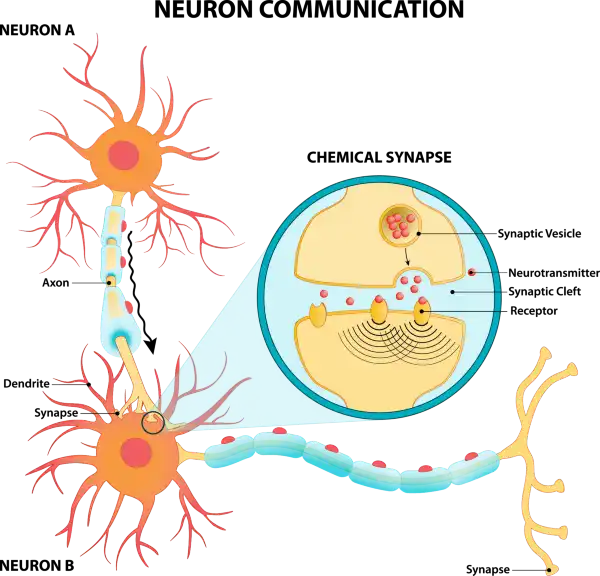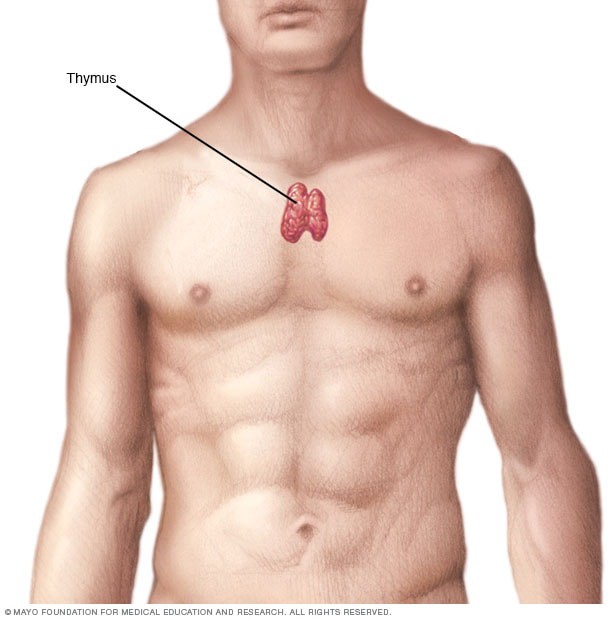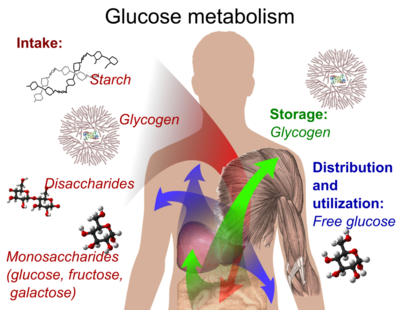What is the normal flora?
A. A variety of microbial species found in certain areas of the human body.
B. A group of infectious parasites that cause diarrheal diseases.
C. The genetic material of bacteria housed within a true nucleus.
D. The protein coat surrounding the viral genome.
For those aiming to excel in their ATI TEAS test and secure admission into their desired nursing program, ExamGates offers an invaluable resource. Our platform features practice questions meticulously crafted by tutors who have previously aced the exam themselves. With ExamGates, you can access content that is 100% relevant to the test, accompanied by vivid images and illustrations. Additionally, our platform provides comprehensive explanations for both correct and incorrect answers, empowering you to fully grasp the material and optimize your study efforts. Take the first step towards your nursing aspirations with ExamGates today.
The normal flora refers to the microbial community that colonizes on the skin and mucus membrane .
Normal flora can be found in many sites of the human body including the skin, respiratory tract, urinary tract, and the digestive tract.

Choice B is incorrect because normal flora does not refer to a group of infectious parasites that cause diarrheal diseases .
Choice C is incorrect because normal flora does not refer to the genetic material of bacteria housed within a true nucleus .
Choice D is incorrect because normal flora does not refer to the protein coat surrounding the viral genome .
Therefore, the Correct Answer is A.
More Questions on TEAS 7 Science Test 4
Question 1:
How do neurons communicate with each other?
A. Through electrical signals only
B. Through chemical signals only
C. Through electrical and chemical signals
D. Through mechanical signals only.
The Correct Answer is C.Neurons communicate with each other through both electrical and chemical signals.
The electrical signal, or action potential, runs from the cell body area to the axon terminals, through a thin fiber called axon.

Neurons also communicate with one another at junctions called synapses.
At a synapse, one neuron sends a message to a target neuron—another cell.
Most synapses are chemical; these synapses communicate using chemical messengers.
Choice A is incorrect because neurons communicate not only through electrical signals but also through chemical signals.
Choice B is incorrect because neurons communicate not only through chemical signals but also through electrical signals.
Choice D is incorrect because neurons do not communicate through mechanical signals.
Question 2:
Which factor is primarily responsible for the movement of water across cell membranes in osmosis?
A. Hydrostatic pressure of the solution.
B. Concentration of solute particles in the solution.
C. Temperature of the solution.
D. Kinetic energy of liquid water molecules .
The Correct Answer is B.Concentration of solute particles in the solution.
Osmosis is the movement of water across a semipermeable membrane from an area of lower solute concentration to an area of higher solute concentration.

The concentration of solute particles in the solution is the primary factor that determines the movement of water across cell membranes in osmosis.
Hydrostatic pressure (choice A) can affect the movement of water across cell membranes but is not the primary factor responsible for osmosis.
Temperature (choice C) can affect the rate of osmosis but is not the primary factor responsible for osmosis.
Kinetic energy of liquid water molecules (choice D) can affect the rate of osmosis but is not the primary factor responsible for osmosis.
Question 3:
What is the purpose of using PCR (polymerase chain reaction) in the laboratory?
A. To separate DNA fragments by size.
B. To amplify specific regions of DNA.
C. To sequence DNA fragments.
D. To analyze protein expression levels.
The Correct Answer is B.The correct answer is choice B.
To amplify specific regions of DNA.
PCR (polymerase chain reaction) is a laboratory technique used to make many copies of a specific region of DNA.
 |
The goal of PCR is to make enough of the target DNA region that it can be analyzed or used in some other way.
PCR has many research and practical applications, including DNA cloning, medical diagnostics, and forensic analysis of DNA.
Choice A is incorrect because PCR does not separate DNA fragments by size. Choice C is incorrect because PCR does not sequence DNA fragments.
Choice D is incorrect because PCR does not analyze protein expression levels.
Question 4:
A nurse is conducting a research study to compare the effects of two different pain medications on postoperative patients.
The nurse randomly assigns the patients to either receive medication A or medication B. Which of the following is the best way to ensure that the study is valid and reliable?
A. Use a large sample size and a standardized procedure for administering the medications.
B. Use a placebo group and a double-blind technique for giving the medications.
C. Use a matched-pairs design and a crossover technique for switching the medications.
D. Use a convenience sample and a pretest-posttest design for measuring the pain levels.
The Correct Answer is B.The correct answer is choice B.
Using a placebo group and a double-blind technique for giving the medications is the best way to ensure that the study is valid and reliable.
A placebo group helps control for the placebo effect, which can influence the results of a study.
A double-blind technique means that neither the patients nor the researchers know which medication is being given, reducing bias.
Choice A is not the best answer because while a large sample size and standardized procedure can increase reliability, they do not address validity.
Choice C is not the best answer because a matched-pairs design and crossover technique are useful for reducing variability but do not address validity.
Choice D is not the best answer because a convenience sample may not be representative and a pretest-posttest design does not control for extraneous variables.
Question 5:
A nurse is caring for a patient who has been declared brain dead and is awaiting organ donation.
Which of the following interventions is most important to preserve the viability of the organs?
A. Administering antibiotics to prevent infection.
B. Maintaining normal body temperature and blood pressure.
C. Providing emotional support to the family members.
D. Applying eye drops and ointment to prevent corneal drying.
The Correct Answer is B.The correct answer is choice B.
Maintaining normal body temperature and blood pressure.
Early identification and management of potential organ donors must take into consideration specific pathophysiologic changes for medical optimization 1.
The VIPPS (ventilation, infusion and pumping, pharmacological treatment, and specificities) strategy is a mnemonic method that brings together key aspects of the restoration of oxygen delivery to tissues during hemodynamic instability plus organ optimization strategies.
Choice A is incorrect because administering antibiotics to prevent infection is not the most important intervention to preserve organ viability.
Choice C is incorrect because providing emotional support to family members, while important, is not an intervention that directly affects organ viability.
Choice D is incorrect because applying eye drops and ointment to prevent corneal drying is not the most important intervention to preserve organ viability.
Question 6:
In which type of tissue would you find a fibrous protein that provides strength and protection to the body, particularly in the skin, hair, and nails?
A. Keratin
B. Collagen
C. Elastin
D. Actin
The Correct Answer is A.The correct answer is choice A. Keratin.
Keratin is a fibrous protein that provides strength and protection to the body, particularly in the skin, hair, and nails.
 |
It is found in epithelial tissue, which covers the body’s surface and lines its internal organs and cavities.
Choice B.
Collagen is incorrect because collagen is a fibrous protein that provides strength and support to connective tissues such as tendons, ligaments, and cartilage.
Choice C.
Elastin is incorrect because elastin is a protein that provides elasticity to tissues such as skin and blood vessels.
Choice D.
Actin is incorrect because actin is a protein that plays a role in muscle contraction and cell movement.
Question 7:
A patient with chronic kidney disease is at risk for developing which of the following electrolyte imbalances?
A. Decrease in the concentration of calcium in the glomerulus.
B. Increase in the concentration of potassium in the blood.
C. Decrease in the concentration of sodium in the blood.
D. Increase in the concentration of magnesium in the blood.
The Correct Answer is B.The correct answer is choice B.
A patient with chronic kidney disease is at risk for developing an increase in the concentration of potassium in the blood.
The kidneys play a pivotal role in the regulation of electrolyte balance.
With progressive loss of kidney function, derangements in electrolytes inevitably occur and contribute to poor patient outcomes123.
Choice A is incorrect because calcium concentration is not regulated in the glomerulus.
Choice C is incorrect because chronic kidney disease can result in either an increase or decrease in sodium concentration in the blood.
Choice D is incorrect because chronic kidney disease does not necessarily result in an increase in magnesium concentration in the blood.
Question 8:
Which organ in the human body is responsible for the removal of damaged red blood cells and the production of certain types of white blood cells?
A. Spleen
B. Kidneys
C. Pancreas
D. Thyroid gland
The Correct Answer is A.The correct answer is choice A.
The spleen is an organ in the human body that is responsible for the removal of damaged red blood cells and the production of certain types of white blood cells.
Choice B is incorrect because the kidneys are responsible for filtering waste from the blood and regulating electrolyte balance.
Choice C is incorrect because the pancreas produces hormones and enzymes that aid in digestion.
Choice D is incorrect because the thyroid gland produces hormones that regulate metabolism.
Question 9:
Which gland, located in the mediastinum, plays a key role in the development and maturation of T-lymphocytes?
A. Thymus
B. Parathyroid
C. Adrenal
D. Pituitary
The Correct Answer is A.The correct answer is choice A. Thymus.
The thymus is a primary lymphoid organ located in the mediastinum.
 |
It plays a key role in the maturation and differentiation of T-lymphocytes.
Choice B.
Parathyroid is incorrect because the parathyroid glands are small endocrine glands located in the neck that produce parathyroid hormone, which regulates calcium levels in the blood.
Choice C.
Adrenal is incorrect because the adrenal glands are endocrine glands located above the kidneys that produce hormones such as cortisol and adrenaline.
Choice D.
Pituitary is incorrect because the pituitary gland is an endocrine gland located at the base of the brain that produces hormones that regulate growth, metabolism, and reproductive functions.
Question 10:
Which of the following is an example of a storage form of glucose in the human body?
A. Starch
B. Glycogen
C. Fructose
D. Cellulose
The Correct Answer is B.Glycogen is the storage form of glucose in the human body.
It is a polysaccharide that is stored primarily in the liver and muscle tissue and can be broken down into glucose when the body needs energy.
 |
Choice A is incorrect because starch is a storage form of glucose in plants, not in the human body.
Choice C is incorrect because fructose is a simple sugar, not a storage form of glucose.
Choice D is incorrect because cellulose is a structural carbohydrate found in plant cell walls, not a storage form of glucose in the human body.